I ended up writing about hives following a discussion about adhesives. Matefy Csaba Matefy from Szolvegy Târgu Mureș told me that they have Tiszabond adhesives that are very suitable for such constructions. Until he drew my attention to this, I didn't realize that materials with very good outdoor resistance were needed. The hives are outside in the field from spring to fall, so they need to be very strong. In addition, they need to be protected with materials that won't harm the bees and honey. So that's how I started my research, and before I tell you about hive adhesives, I'll tell you what I found out about wooden hives and their manufacture.
What is a beehive and how wooden beehives came about
I can tell you after several days of documenting hives that beekeeping is a very complex field. It has its own language (I sometimes felt I needed a translator), clear rules and a lot of more or less controversial inventions and innovations. So it's very difficult, as a layman, to go into details because the probability of saying the wrong thing is very high. So I will stick to general information.
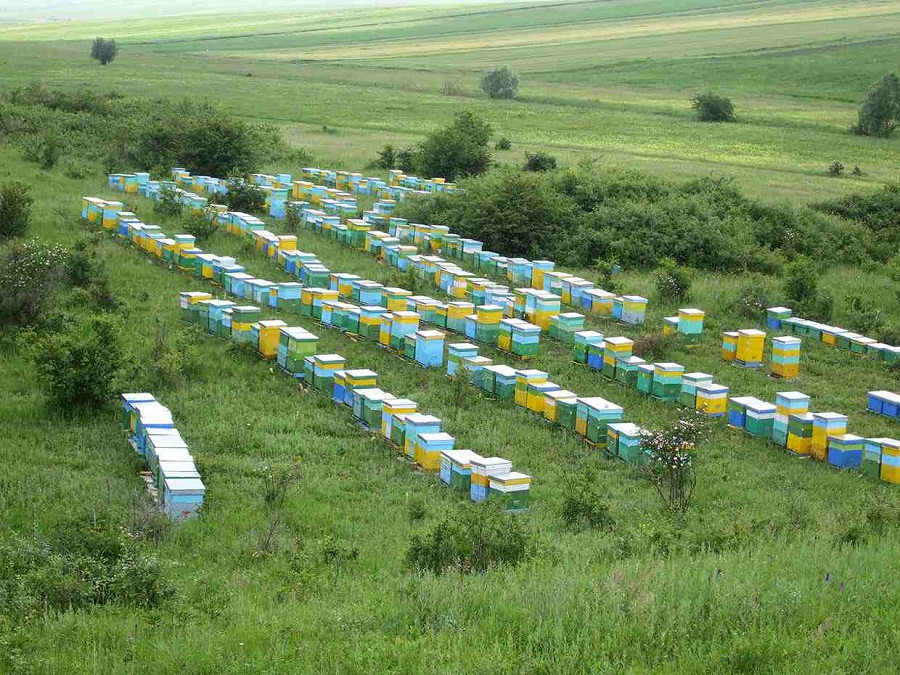
Bees haven't always lived in the man-made wooden beehives we see these days in rapeseed fields and along the willows. In the past, they were free in the wild and nested in tree bark, rock crevices or other places sheltered from the scorching sun, wind and weather. People discovered honey produced by the bees in these nests and began to harvest it, which destroyed the shelter.
'Foraging' for honey, people began to watch the bees and think of a way to build shelters to make it easier for them to reach the honey. The first shelters were made of wicker and clay, called cob or buduroys. The bees built nests inside, made of wax honeycombs attached to the walls. Unfortunately these nests were also destroyed when the honey was gathered.
It wasn't until the early 1800s that the first wooden beehive with movable frames was built in Russia, allowing honey to be harvested without destroying the hive. Since then hive construction has been continually improved, with new designs and materials being developed. Whatever hive variants have emerged, the basic elements have remained the same.
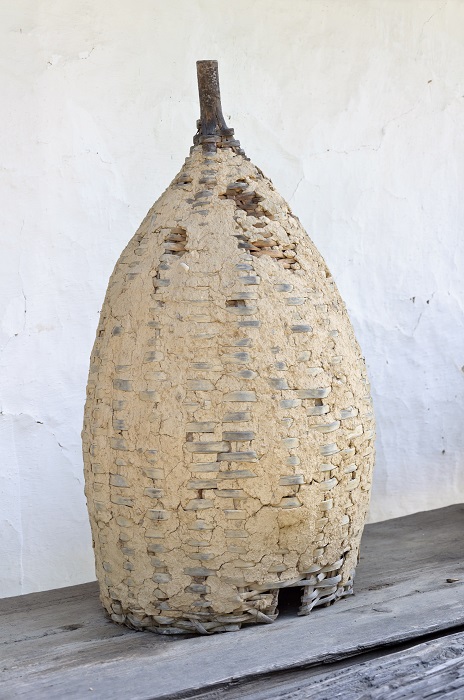
Component elements
The main elements that make up a hive are:
- Lid - a wooden frame with a tray, covered with galvanized sheet metal, covering the entire hive
- Feeding tray - is a device so constructed that sugar syrup can be put out to feed the bees in winter or during long rainy periods. Its construction depends on the type of hive;
- Frames - wooden frames on which the artificial beeswax combs are fixed and on which the brood combs will develop;
- Body - is basically the box that all the other elements of the hive are in, without the lid and bottom. Basically the 4 sidewalls placed and joined together depending on the hive type;
- The bottom - protects the bottom of the hive and is so constructed to leave room for bees to enter and exit the hive. The place is called the warper and must be a certain size because if it is too small, the bees will close it with wax and if it is too big, they will form combs;
- Packaging device
- Diaphragm
In terms of appearance and construction there are 3 main types of hives: vertical, horizontal and small. These have very clearly defined dimensions, standardized since the 50s. There are also other types of hives (multi-storey, dadant), and the pros and cons of using one or the other are hotly debated on beekeepers' forums. Each beekeeper relates the performance of hive types to their own achievements, which leads me to believe that their opinions are quite subjective. Note that hives in factories are not built to beekeepers' designs but to recognized standards.
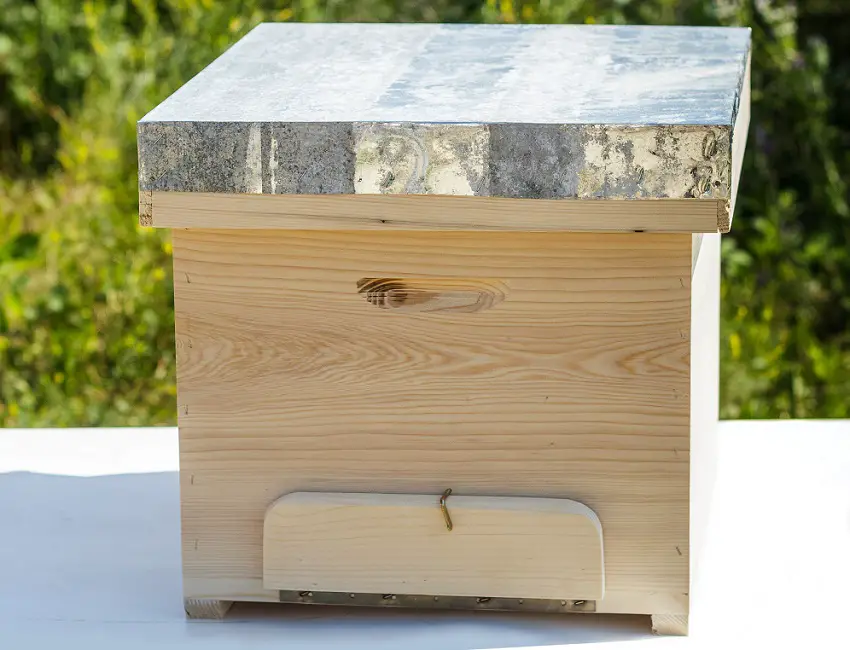
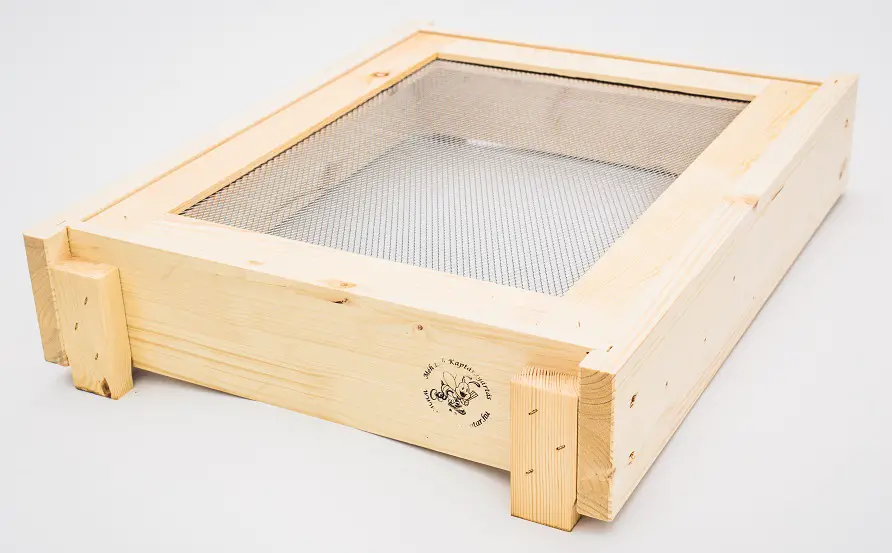
How to choose the wood for making the hive
Different types of wood can be used to build beehives, depending on availability and the country where they are built. The choice depends on cost, weight and availability. In our country, the wood most commonly used is resinous wood (spruce and fir) and lime wood. From the bees' point of view, any solid wood can be used and there are no studies to show that they would be bothered by tannin or exotic woods.
Those who are in the business of making wooden beehives use for their construction solid wood panels of molid. The wood is joined in the teeth to extend the elements, which are then glued in presses with moisture-resistant adhesive.
There are tutorials showing how to build a beehive using plywood or other wood derivatives. Note that it is possible for these derivatives to give off formaldehyde, harmful to bees. Formaldehyde emissions occur from ureoformaldehyde adhesives used in wood-based panels.
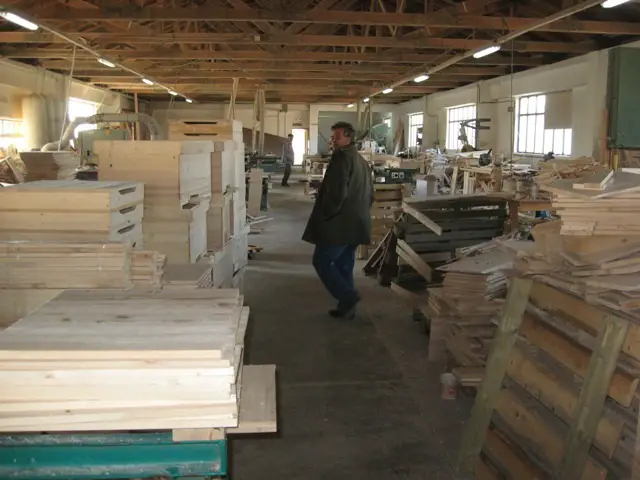
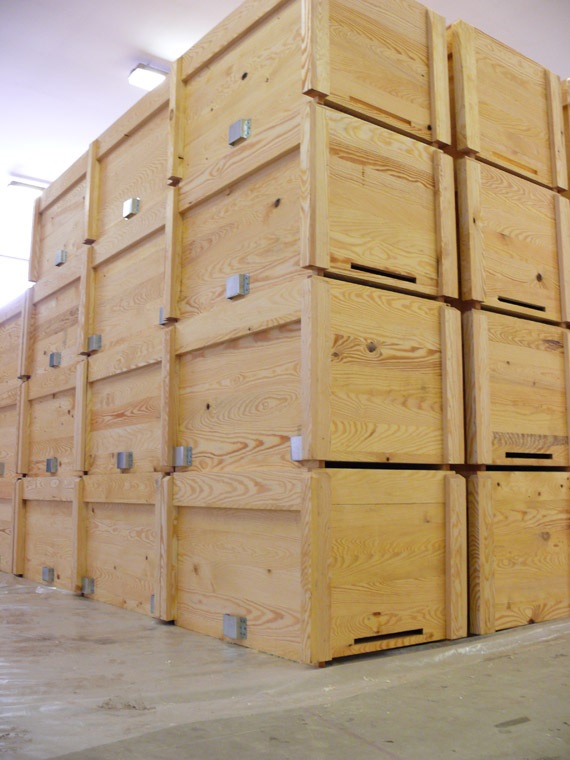
Characteristics of adhesives used in hive construction
The adhesives used to make the beehives must be from the outdoor range, i.e. in class D3 or D4. They need to be moisture resistant, waterproof and elastic.
I was saying at the beginning that it all started from the discussion with the director of Szolvegy Târgu Mures. I must confess that at the beginning we did not understand the interest in this market segment considering the consumption much too low. I was thinking that it was a question of gluing the elements, an operation with very low consumption, even this is sometimes replaced by staples or screws.
After realizing that wood panels are used in mass production, I understood the importance of the adhesive. Choosing one without moisture resistance or less elastic can jeopardize the life of bee families. In winter or during very wet periods the adhesive can crack and water can enter the hive. And an adhesive without elasticity can be a source of cracks in the hot summer sun.
Szolvegy recommends producers of wooden beehives Tiszabond D3D adhesive, highly elastic, waterproof and resistant to repeated freeze-thaw cycles. They also have an offer for D4 adhesive - Tiszabond 1kD4D one-component polyurethane adhesive, with very good outdoor properties and resistance, but more expensive than D3D. However, the amount of adhesive used to make a hive is small, the difference in price per hive becomes insignificant.
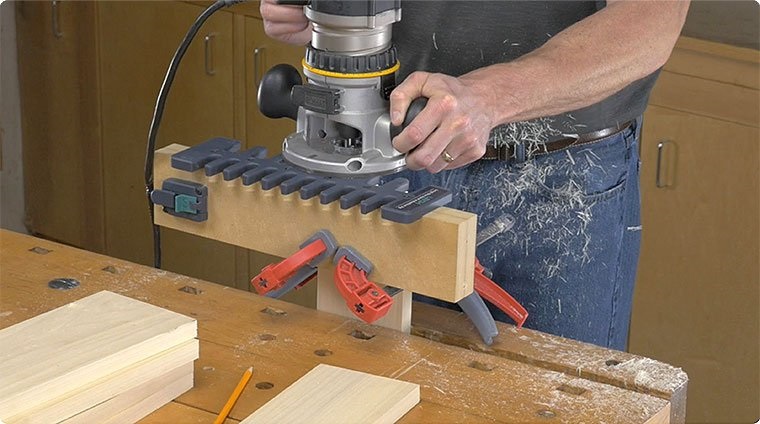
Finishing the hives
Few beekeepers choose to use hives. The amount of honey collected from hives sitting in one place, even if the area has a very rich flora, is much less than that collected in pastoral beekeeping. In this case the hives are moved from place to place where there are flowers to be pollinated. The work starts in April, when the rapeseed fields start flowering, and continues until October.
All the while the hives are outside, and the finish must protect them as well as possible. The wood is coated with outdoor resistant water-based paintsin light, pastel colors. The pigments give resistance to UV radiation, and the light colors do not favor the absorption of radiation that would lead to an increase in temperature inside the hive. The top is covered with tin, greatly reducing the possibility of water entering the hive.
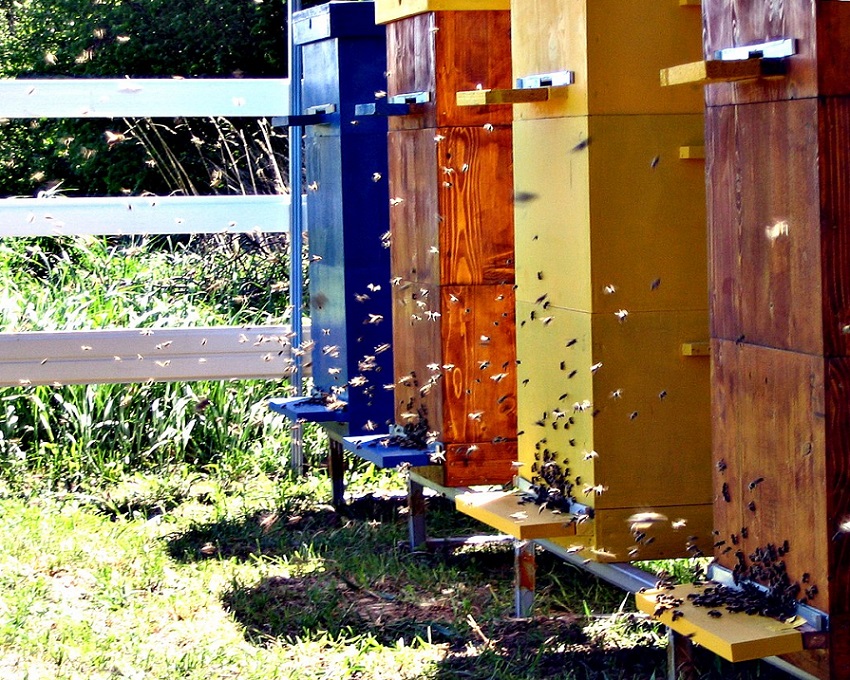
Building beehives as a DIY project
In addition to factories that build hives, there are many enthusiasts who want to make their own. For them there are plenty of tutorials and building plans. If you are such a person you can find inspiration here.
However, before you start building hives and beekeeping, it's a good idea to do your research. It is a very serious business, bees are sensitive and a small mistake can kill an entire family. But there are many beekeepers willing to share their own experience, so I can only wish you success!
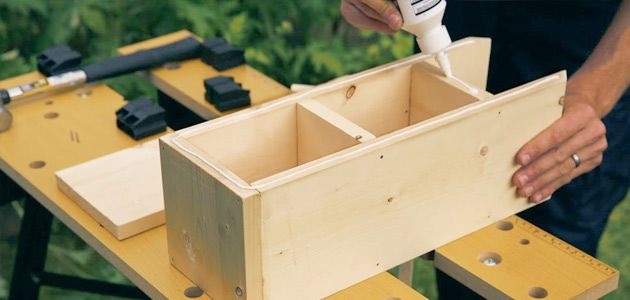























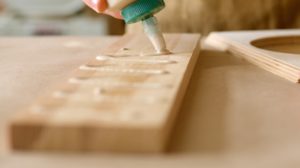



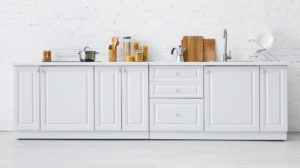





The vast majority of hives stay outside all the time, including in winter.